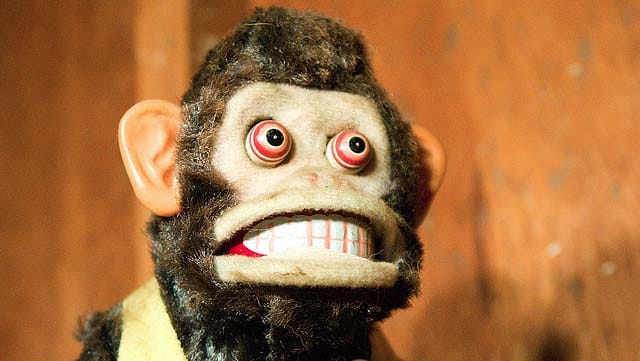Why do we laugh at games?

According to Tom Stafford, the science behind human laughter is more than it’s cracked up to be.
So if we want to understand laughter, perhaps we need to go deeper, and look at what is going on in the brain. The areas that control laughing lie deep in the subcortex, and in terms of evolutionary development these parts of the brain are ancient, responsible for primal behaviours such as breathing and controlling basic reflexes. This means laughter control mechanisms are located a long way away from brain regions that developed later and control higher functions such as language or even memory.
Stafford’s commentary could also provide some insight into the ways laughter manifests itself in games. Social laughter can bring players together or push them apart.
…perhaps we need to look outwards, to look at the social factors at play when people laugh. I’ve already mentioned Provine’s study of laughter in its natural context. Provine showed that laughter is used to punctuate speech, it doesn’t just interrupt at random. This suggests that it plays a communicative role – it isn’t just some independent process that happens to us while we are talking to someone. He also found that the speaker typically laughs more than the audience, and that laughter was most common in situations of emotional warmth and so-called ‘in-groupness’. Again, all strongly suggesting that laughter has an important social role. And it is not always used for positive reasons. For all the good feeling that goes with laughing with someone, there is also a dark side, when someone is laughed at to belittle or show disdain.
[via Mind Hacks][img]



